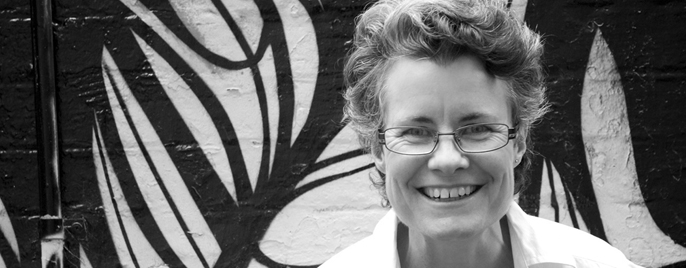X is a landscape of sex, drugs and violence. Talk about the challenges of working within a genre film that deals in such taboos.
I never perceived the material as being taboo rather it is the world Holly (Viva Bianca), a high class hooker is about to escape and Shay (Hannah Mangan-Lawrence), a fledgling street walker has just entered. I was aware some people found it confronting but I was more concerned with making everything about X feel real. It’s certainly not an inviting world. It’s dark, unpredictable and decidedly nasty in places.
How much footage did you have and how did this affect your decision-making process in the edit room?
Honestly I had to go back to the project and figure it out how much footage there was. 26 hours was shot over 20 days (mainly at night) on a RED camera, guerilla style in and around the Kross with 78 scenes to cover some with minimal coverage while others like the car scenes averaged about an hour’s worth of material.
The main challenge was the general public either hovering in the background or barreling the camera as the actors did their thing amongst the activity in and around Darlinghurst Road. That said it did added to the visceral atmosphere of X.
We really worked the material looking for the best moments; maximizing every frame we could. The challenge came when we started chiseling dialogue and heightening the action and realised the film was being cut to an unacceptable running time. Jon Hewitt (director) and Lizzette Atkins (producer) decided on the time we had to aim for so then it became about being able to keep the character arcs and tension going without feeling like we were filling time or space.
Having worked with director Jon Hewitt before, were there any benefits of the familiar relationship?
This is my third film with Jon. Redball (1997) and Darklovestory (2003) being the other two. Each a grimy noir so there was an understanding of what he and co writer Belinda McClory created. We were conscious we wanted to make X a departure from the editing style of the previous films so at times there were discussions about ways to present the material. Jon and I were able to be quite blunt with each other knowing it always came from getting the best for the story.
What was the post workflow for X?
I was based in at Circe Films in Melbourne while the crew shot in Kings Cross. The rushes were sent to Complete Post were Fergus Hally (Colourist) scoped the footage while syncing them. The sync ProRes was then sent to me and I did a tech check and rushes report for the crew back in the Cross. From there I broke down the rushes into scene bins labeled them and started cutting. It got interesting when the rushes arrival was erratic sometimes arriving in batches of two or three days. Due to the turnaround Mark Pugh (DOP) converted the RED files so they could see what they shooting every day with Complete Post sending timecoded DVDs back with the transport drives.
What was your favourite experience working on the film?
Watching the rushes. You get to glimpse the world taking shape with each shoot day. I love those moments when your breath is taken away you just know you’ve seen something special or acknowledge a performance, a camera frame, location choice or a sound that is particular to that time of day aware that when combined in just the right way it will elevate the film to whole other level. You just know you are going to have fun, moments of angst, venture down side routes, encounter blind spots, occasionally have a fantastic mistake that all lead you to what you hope is the right combination.
The other was the MIFF 2011 screening. The audience understood the film and embracing its dark humour. At a couple of points they cheered as the crooked cop got his comeuppance. It’s the most vocal and generous screening I’ve had the pleasure of experiencing.
